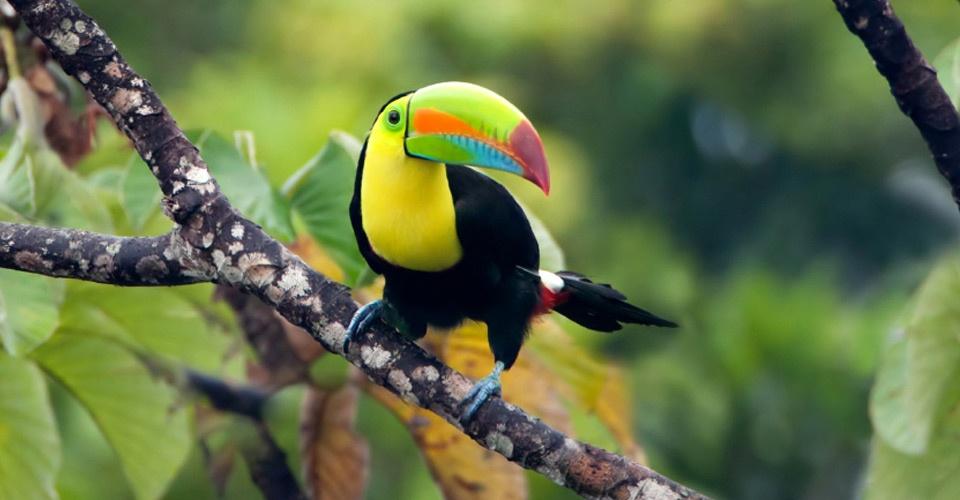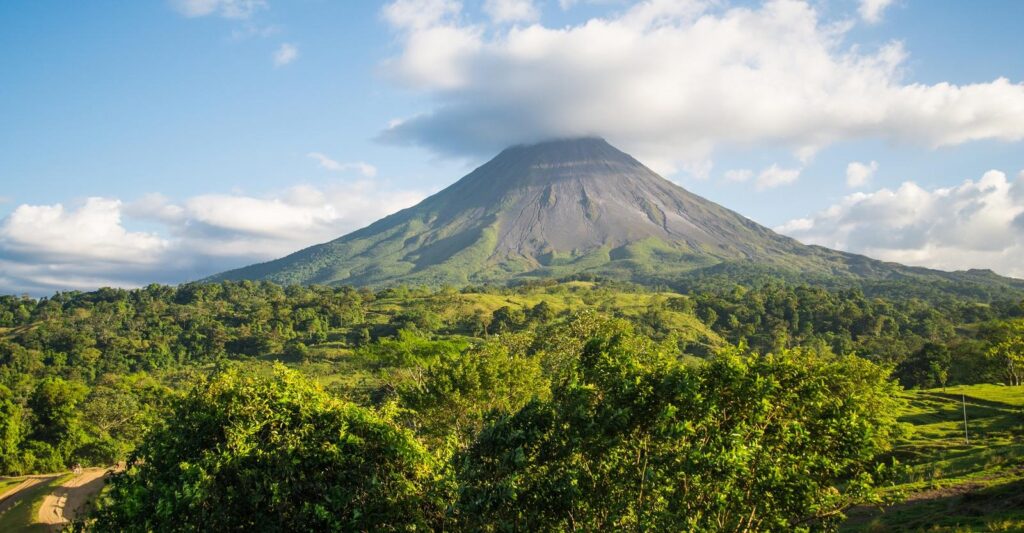Overview
The natural marvels of Costa Rica are in a class all their own. And so is this trip, which reveals less-discovered realms of this globally acclaimed biodiversity hotspot. From a remote rainforest lodge on Costa Rica’s southern Pacific coast near the Panama border to the misty slopes of the Talamanca Mountains, encounter an incredible profusion of flora and fauna in varied habitats. Keep watch for mammals, reptiles and tropical birds as we wander through jungle and cloud forest, and float a tropical river through a vast mangrove estuary. Learn about the land and its people, too: tour a fruit orchard, enjoy a home-cooked lunch on a family farm, and find inspiration in local conservation efforts that are restoring landscapes to their original native beauty. Costa Rica is full of wonders—discover them on a rare ecotourism adventure off the standard tourist track.
Trip Highlights
- Explore a Route Less Traveled Led by top naturalist guides, discover Costa Rica’s less-visited south Pacific coast, an unspoiled region rarely seen by typical tourists—including a private boat cruise on Golfo Dulce
- Enjoy Outstanding Wildlife Viewing Float the Sierpe River to spy monkeys, crocodiles, iguanas and birds, and seek resplendent quetzals in the high cloud forests of the Talamanca Mountains
- Stay at Secluded Ecolodges Stay at remote ecolodges in Costa Rica's most tucked-away wild settings, where nature, intimacy, hospitality and local ambience prevail
Itinerary
Please fill out the form below to request a quote for rates.
Included
- Trip price includes: Accommodations, services of Nat Hab's professional Expedition Leader(s), local guides and lodge staff, all meals from dinner on Day 1 through breakfast on final day, some gratuities, airport transfers on Day 1 and final day, all activities and entrance fees, all taxes, permits and service fees.
- Internal air cost includes: One private charter flight from San Jose to Tiskita (this will be listed separately on our invoicing).
Not Included
- Travel to and from the start and end point of your trip, alcoholic beverages, some gratuities, passport and visa fees (if any), optional activities, items of a personal nature (phone calls, laundry and internet, etc.), airline baggage fees, airport and departure taxes (if any), required medical evacuation insurance, optional travel protection insurance.
Map






















